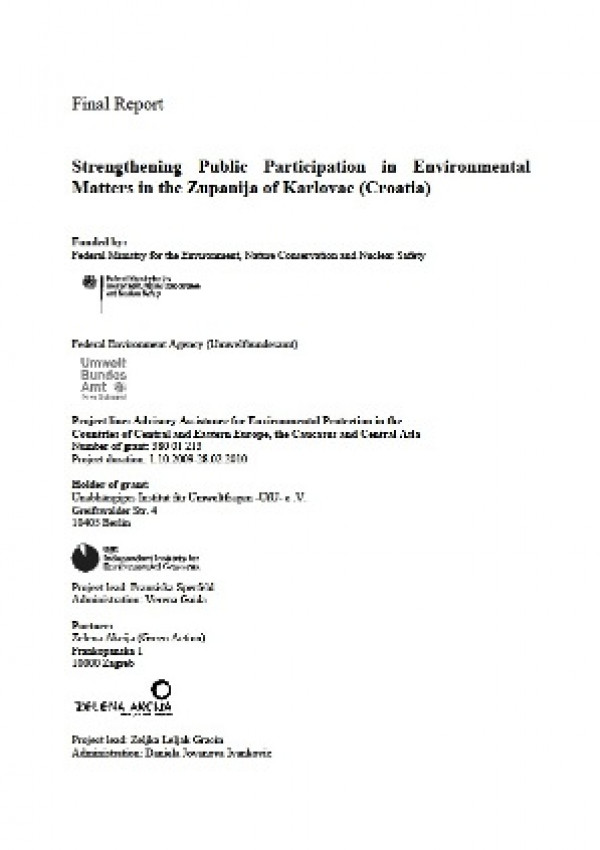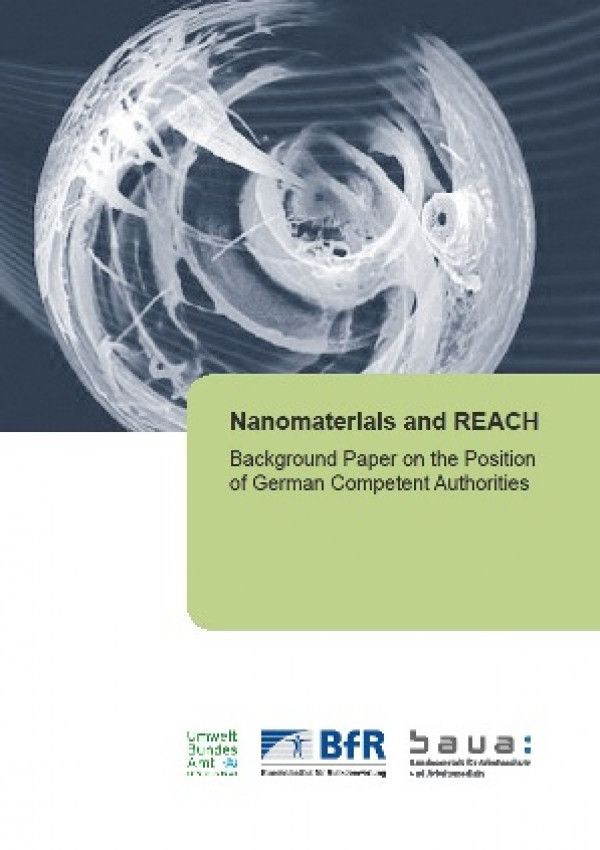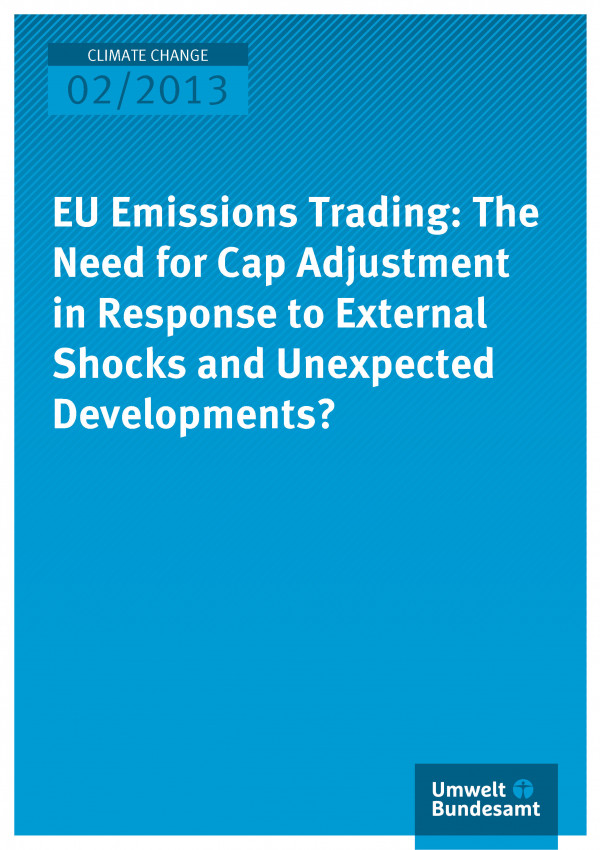Agriculture
Common Agricultural Policy reform must ensure mandatory and effective greening of Pillar 1
Statement of the Agriculture Commission at the German Federal Environment Agency (KLU)
A strengthening of environmental aspects is indispensable to the reform of the Common Agricultural Policy (CAP) for 2014-2020. The Agriculture Commission at the German Federal Environment Agency (KLU) is of the view that, in future, EU agricultural budget funding can only be justified if it is based on the principle of “public funds for public goods”. However, particularly in Pillar 1 of the CAP (...read more







